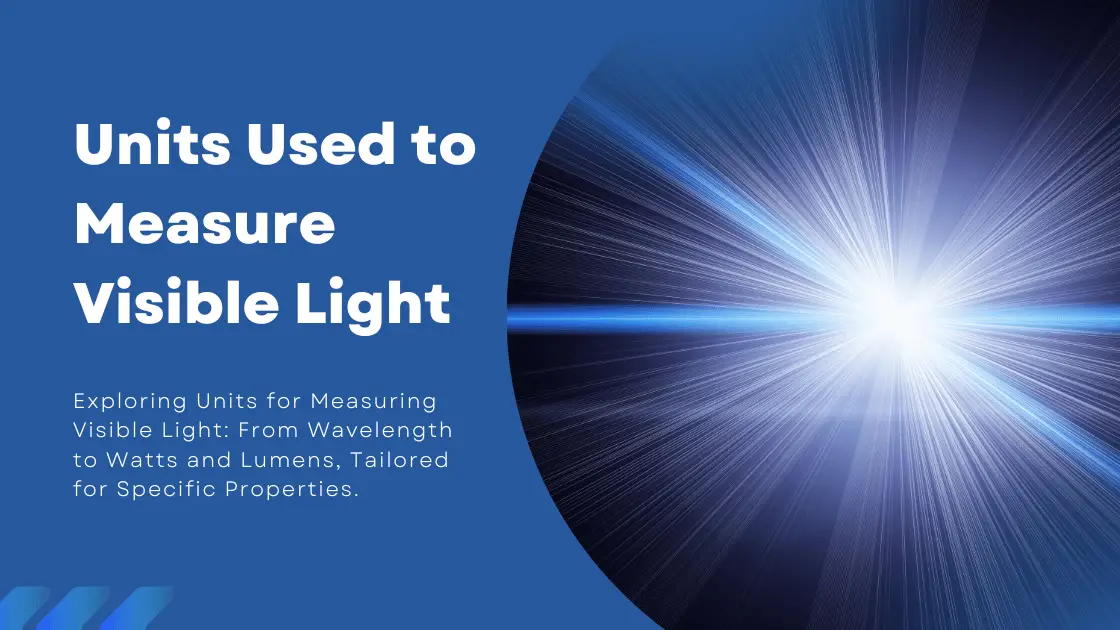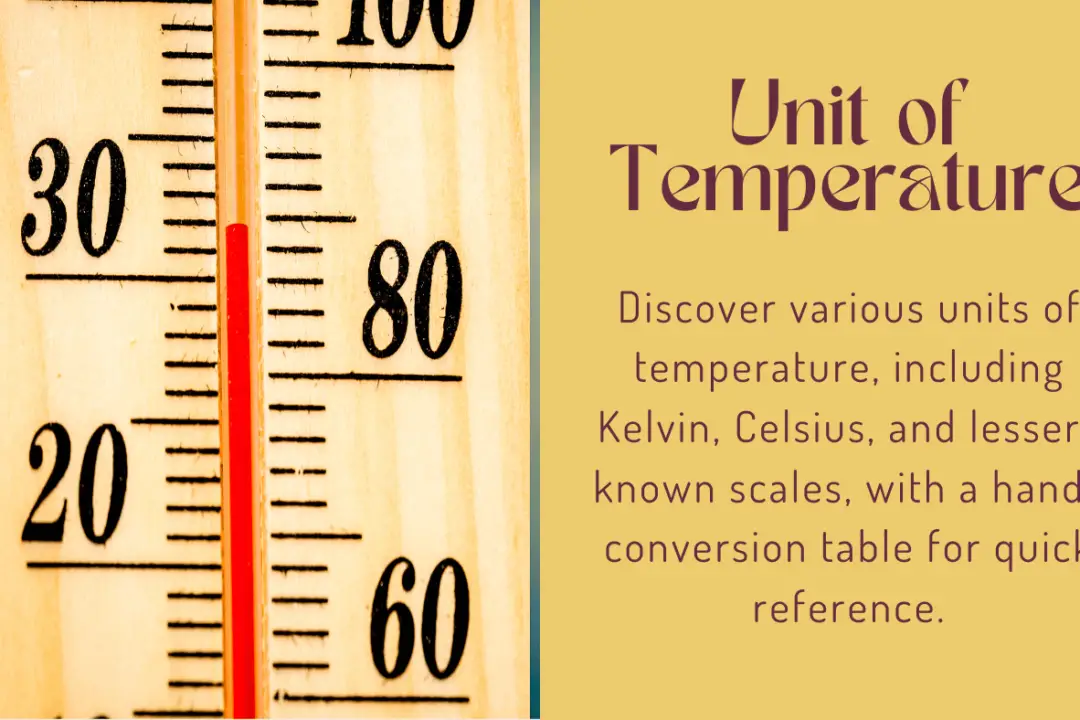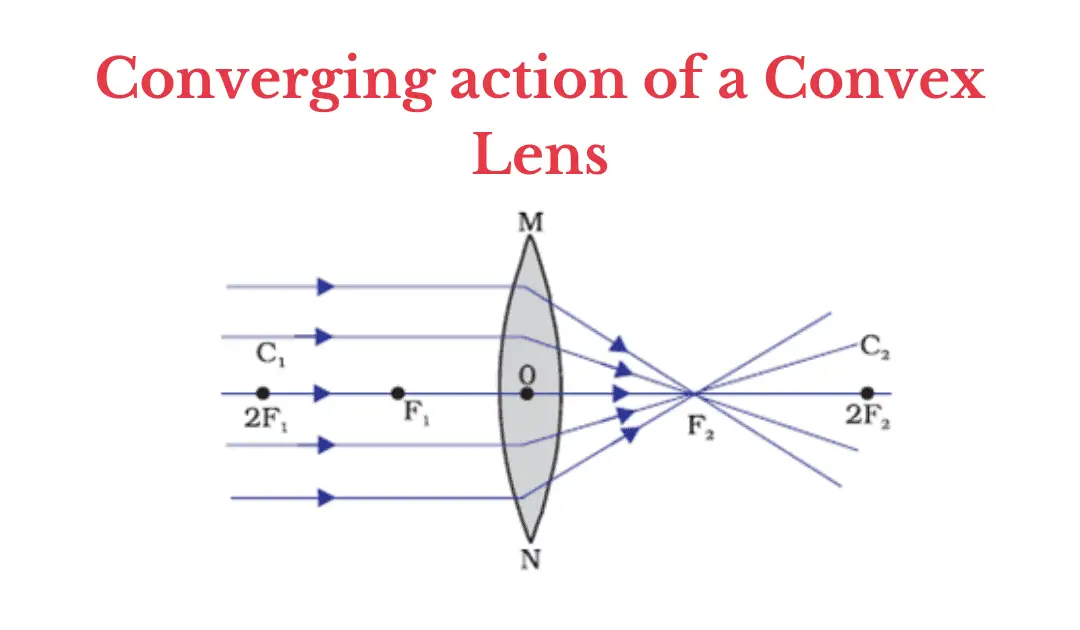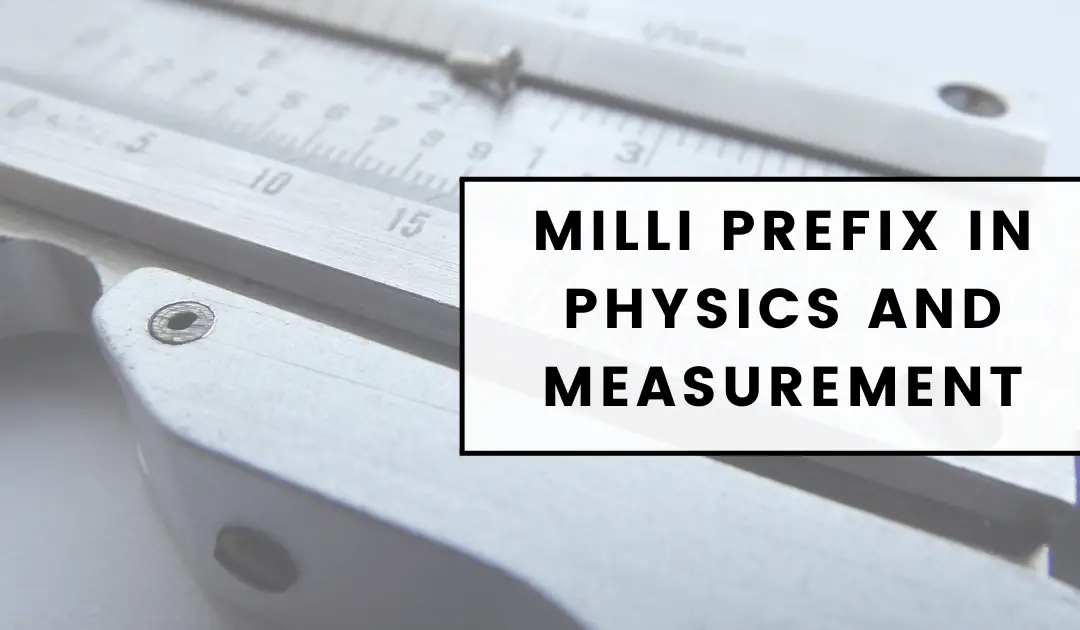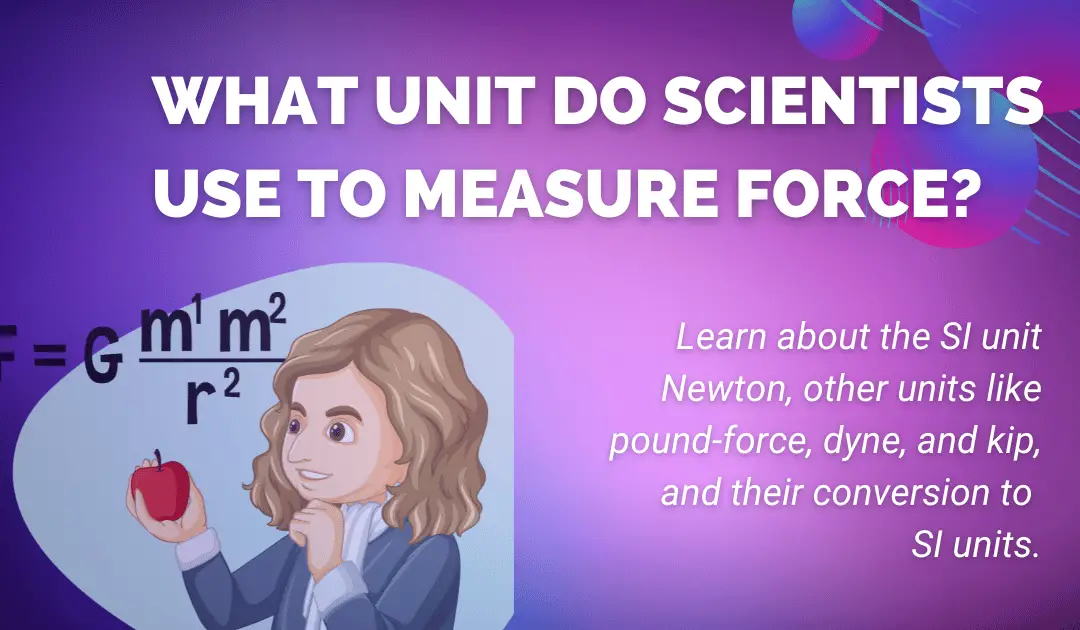Units Used to Measure Visible Light: Visible light is a form of electromagnetic radiation that falls within a specific range of wavelengths that the human eye can detect. Understanding the units used to measure visible light is crucial for various applications, including physics, engineering, and medicine. This article aims to provide an overview of these units and their significance.

What Units Are Used to Measure Visible Light?
To address the question, “What is the unit used to measure visible light?” the answer varies based on what aspect of visible light you are interested in measuring.
Different aspects of visible light are quantified using various units. These can range from spectral characteristics like wavelength to mechanical energy aspects measured in watts, and photometric units like lumens that account for the human eye’s sensitivity.
Units for Wavelength and Frequency
Wavelength (\( \lambda \))
Definition: Wavelength is the distance between two consecutive peaks (or troughs) of a wave.
Unit: Meters (m) or Nanometers (nm)
Relevance: Determines the color of the light in the visible spectrum.
Visible light typically has wavelengths ranging from 400 nm to 700 nm.
\[
\lambda = \frac{c}{f}
\]
Where \( \lambda \) is the wavelength, \( c \) is the speed of light (\(3 \times 10^8 m/s\)), and \( f \) is the frequency.
Frequency (\( f \))
Definition: Frequency refers to the number of wave cycles that pass a given point per unit of time.
Unit: Hertz (Hz)
Relevance: Inversely related to wavelength; higher frequency means shorter wavelength.
The frequency of visible light ranges from approximately \(4.3 \times 10^{14} Hz\) to \(7.5 \times 10^{14} Hz\).
\[
f = \frac{c}{\lambda}
\]
Units for Energy
Photon Energy (\( E \))
Definition: Photon energy is the energy carried by a single photon and is directly proportional to its frequency.
Unit: Electronvolts (eV) or Joules (J)
Relevance: Important in phenomena like the photoelectric effect and quantum mechanics.
The energy of a photon is directly proportional to its frequency and is measured in electronvolts (eV) or joules (J).
\[
E = h \times f
\]
Where \( h \) is Planck’s constant (\(6.626 \times 10^{-34} m^2 kg / s\)).
Luminous Intensity
Candela (cd)
Definition: Candela measures the luminous intensity, or the amount of light emitted in a specific direction.
Unit: Candela (cd) – The candela is the SI unit for luminous intensity
Relevance: Used in specifying the brightness of light sources like LEDs.
Units for Luminous Flux
Lumen (lm)
Definition: Lumen quantifies the total luminous flux, or the overall amount of visible light emitted by a source.
Unit: Lumen (lm)
Relevance: Commonly used to rate the brightness of light bulbs.
Illuminance
Illuminance is the measure of how much luminous flux is spread over a given area, and it is measured in lux.
Lux (lx)
Definition: Lux measures illuminance, which is the amount of luminous flux per unit area.
Unit: Lux (lx)
Relevance: Used in assessing the adequacy of lighting in various environments like classrooms or offices.
/
\[
\text{Lux} = \frac{\text{Lumen}}{\text{Area in \(m^2\)}}
\]
Questions and Answers
What is the wavelength range for visible light?
Answer: The wavelength range for visible light is approximately 400 nm to 700 nm.
Q2: How is the energy of a photon calculated?
Answer: The energy of a photon is calculated using the formula \( E = h \times f \), where \( h \) is Planck’s constant and \( f \) is the frequency.
What is the speed of light?
Answer: The speed of light in a vacuum is \(3 \times 10^8 m/s\).
What is Planck’s constant?
Answer: Planck’s constant is \(6.626 \times 10^{-34} m^2 kg / s\).

